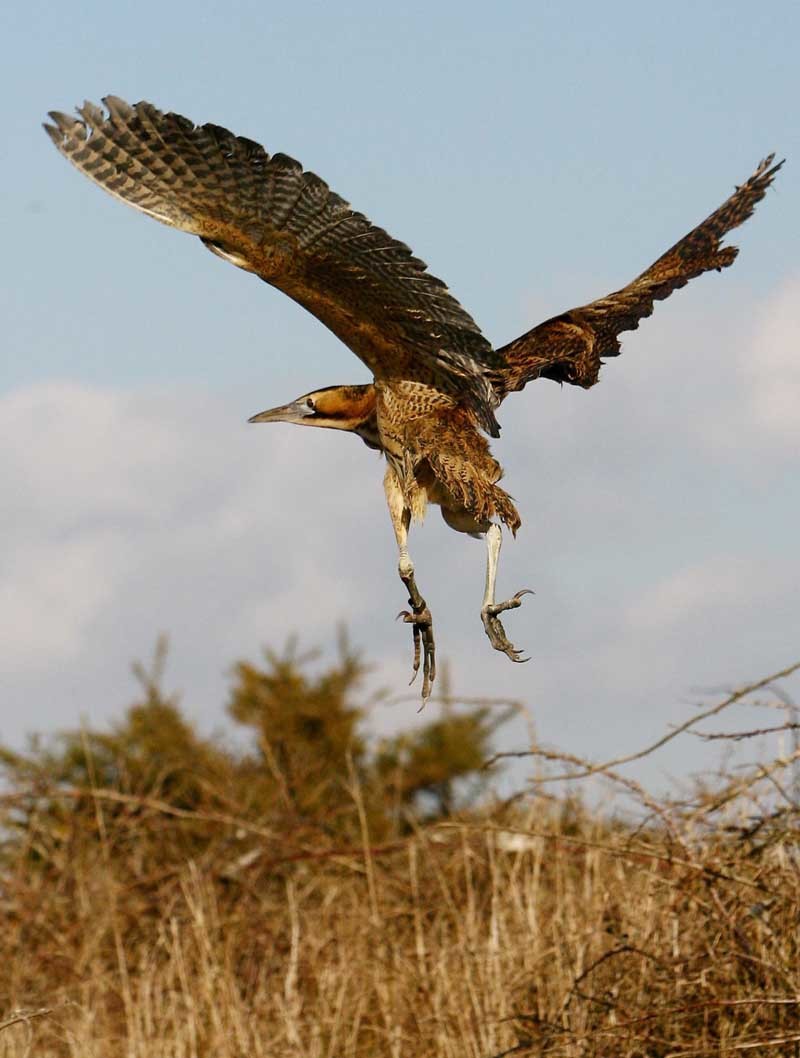The presence of a rare bird has been hailed as evidence of the success of a Tay conservation programme.
RSPB Scotland’s Tay Reedbed reserve contains the largest continuous area of reed in the UK and offers a rich habitat to a wide variety of species.
Its 410-hectare reedbed and 700 hectares of mudflat form an important breeding site for rare species including the bearded tit, the water rail a highly secretive small bird the marsh harrier and also a range of small mammals, insects and invertebrates.
Work has been ongoing however to preserve and improve the habitat offered by the River Tay estuary and the reedbeds and RSPB staff have now seen signs that the work is paying off.
A “buzz of excitement” is said to have swept through staff at the organisation’s Perth office after one of its ecologists reported hearing “a low resonant boom” reverberating from the tidal reedbeds of the inner Tay.
The noise has been identified as the sound of a booming male bittern, an elusive wading bird that is rarely seen in this area.
Bitter winters in northern Europe over the past two years have seen record numbers of bitterns part of the heron family flying to Britain to what for them are unusual feeding grounds.
The birds have been spotted at reserves across the UK, in some cases for the very first time, and it now appears that the Tay has its own visitors from the continent.Hope for regular visitorsA spokesman for RSPB Scotland said, “A record of elusive bitterns reflects the success of our conservation work here.
“Continuing with commercial reed harvesting business is essential to maintain the habitat, which in turn provides a home for a huge range of species, such as marsh harriers and water rails and large populations of reed buntings and sedge warblers.”
He added, “We hope that, while bitterns are increasingly seen as regular wintering birds in Scotland at reserves like the Loch of Kinnordy and Loch of Strathbeg, the ongoing conservation management at Tay Reedbed will make the booming bitterns a regular presence here in spring.
“We hope that they eventually become regular breeding birds at one of our Scottish reserves.”
Efforts to protect and conserve the reed beds along the Carse of Gowrie to Perth have been boosted in recent days by the news that funding has been earmarked by the Heritage Lottery Fund
Some £1.5m has been set aside to support the Tay Landscape Partnership’s plans for the Tay Valley, with a fully-developed application now to be submitted to secure the full award.
